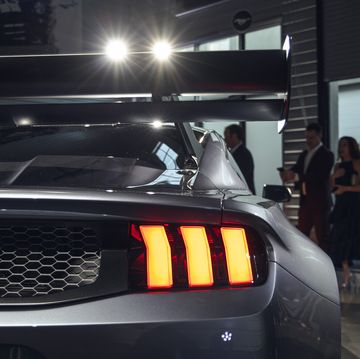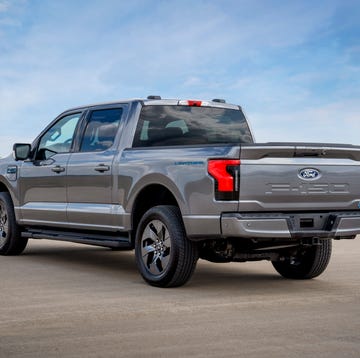The Nürburgring, the world’s most famous racetrack, is bankrupt—85 years after its opening. The track has seen its ups and downs throughout history; in 1976, the last Formula 1 race took place on the fantastic and mysterious Nordschleife (northern loop). In 1984, the new, smaller, television-friendly, and much safer Grand Prix course was opened. The Nordschleife continues to be used for long-distance and historic races, it is hired out to carmakers that conduct testing there, and private drivers can buy laps and use it to their hearts’ content.
The downfall began in 2004, when grandiose plans to build an entertainment park on the Nürburgring’s premises took shape. Viewed by purists as blasphemy, the plot was supported by Rhineland-Palatia’s Social Democrat government. Shady investors promised to pump funds into the project, but the money never came in. But so far, the state government has invested more than €500 million (more than $610 million) in the complex—a spending spree the European Union now wants to put to an end. Without the government subsidies, the Nürburgring can’t pay the hundreds of millions owed to the banks.
- Comparison Test: 2013 Audi S6 vs. 2013 BMW M5, 2012 Mercedes-Benz E63 AMG
- Feature: The Best-Handling Car in America for Less Than $100,000
- First Drive: 2012 Porsche 911 Carrera / Carrera S Cabriolet
What happens next? The amusement park likely will be closed down and the racetrack could be sold to a private entity. We think it’s safe to assume the circuit won’t be torn up or closed. The failure of the flawed plan is bad news for the German taxpayer, but we hope the track will survive and eventually be improved.














